Powerful graphene compounds for highly efficient supercapacitors! "Super capacitors instead of batteries". A team led by Roland Fischer, Professor of Inorganic and Organometallic Chemistry at the Technical University of Munich (TUM) has succeeded in developing a highly efficient supercapacitor. The basis of the energy storage device is a new, high-performance and sustainable graphene hybrid material that has performance data that is comparable to that of the batteries and accumulators currently in use. Energy storage is usually associated with batteries and accumulators that provide energy for electronic devices. In addition to batteries, more and more so-called supercapacitors are now being installed in laptops, cameras, cell phones and vehicles. Unlike batteries, they can store large amounts of energy very quickly and release them again just as quickly.
Super capacitors instead of batteries
For example, if a train brakes when entering the station, supercapacitors store the power and make it available again when the train needs a lot of energy very quickly when it starts. However, a problem with supercapacitors so far has been their low energy density. While lithium-ion batteries achieve an energy density of up to 265 watt hours per kilogram (Wh / kg), previous supercapacitors only supply a tenth of that.
Sustainable material brings maximum performance
Now a team led by TUM chemist Roland Fischer has developed a new, high-performance and sustainable graphene hybrid material for supercapacitors. It serves as a positive electrode in the energy store. The researchers combined it with an already proven, titanium and carbon-based negative electrode. The new energy storage not only achieves an energy density of up to 73 Wh / kg, which roughly corresponds to the energy density of a nickel-metal hydride battery, but with its power density of 16 kW / kg it also delivers significantly more than most other supercapacitors. The secret of the new supercapacitor is the combination of different materials - this is why chemists call the supercapacitor “asymmetrical”.
Hybrid materials: nature is the model
The researchers are using a new strategy to overcome the performance limits of common materials, so-called hybrid materials. "Nature is full of highly complex, evolutionarily optimized hybrid materials - bones and teeth are examples of this, and nature has optimized their mechanical properties such as hardness or elasticity by combining different materials“Says Roland Fischer.
The research team transferred the abstract idea of combining base materials to supercapacitors. They used chemically modified graphene as the basis of the new positive electrode of the memory and combined it with a nanostructured metal-organic framework, a so-called metal organic framework (MOF).
Powerful and stable
Decisive for the performance of graphene hybrids are on the one hand a large specific surface and controllable pore sizes, on the other hand a high electrical conductivity. "The high performance of the material is based on the combination of the microporous MOF with the conductive graphenic acid“, Explains first author Jayaramulu Kolleboyina, former visiting scientist at Roland Fischer.
A large surface area is important for good supercapacitors. A correspondingly large number of charge carriers can accumulate there within a material - this is the basic principle of storing electrical energy.
The researchers succeeded in chemically linking the graphenic acid with the MOFs through clever material design. The resulting hybrid MOFs have very large internal surfaces of up to 900 square meters per gram, and are extremely powerful as a positive electrode in a supercapacitor.
Durable
But that's not the only advantage of the new material. If you want a chemically stable hybrid, you need strong bonds between the components. The bonds are the same as those between amino acids in proteins, says Fischer: "In fact, we linked the graphene acid to a MOF amine - this creates a kind of peptide bond."
The stable connection between the nanostructured components has great advantages with regard to the long-term stability of the capacitors: the more stable a connection is, the more charge and discharge cycles are possible without any significant loss of performance.
For comparison: a classic lithium-ion battery has a service life of approx. 5000 cycles, the new cell from the TUM researchers retains almost 10.000 percent of its capacity even after 90 cycles.
International network of experts
Fischer emphasizes the importance of the unimpeded international collaboration that the researchers themselves designed when developing the new supercapacitor. The team built up Jayaramulu Kolleboyina, an Indian guest scientist who was invited by the Alexander von Humboldt Foundation and who is now head of the chemistry department at the newly founded Indian Institute of Technology in Jammu.
"Our team has also networked with experts in electrochemistry and battery research in Barcelona and with graphene derivative specialists from the Czech Republic“Says Fischer. "In addition, partners from the USA and Australia are also involved. This great international cooperation still leads us to expect a lot."
Of course that had not happened yet!
tuningblog has countless other articles on the subject of car and auto tuning in stock. Do you want to see them all? Just click HERE and look around. In part, we would like to provide you with news but also off the tuning. In our category Tips, products, information & Co We have reviews of car or accessories manufacturers, new ones Tuning Wiki Terms or one or the other Leak veröffentlicht. Following an excerpt of the last articles:
"Tuningblog.eu" - we keep you up to date on the subject of car tuning and car styling with our tuning magazine and we present you the latest tuned vehicles from all over the world every day. It's best to subscribe to ours Feed and will automatically be informed as soon as there is something new about this post, and of course also to all other contributions.
 tuningblog.eu Your magazine about tuning the car
tuningblog.eu Your magazine about tuning the car
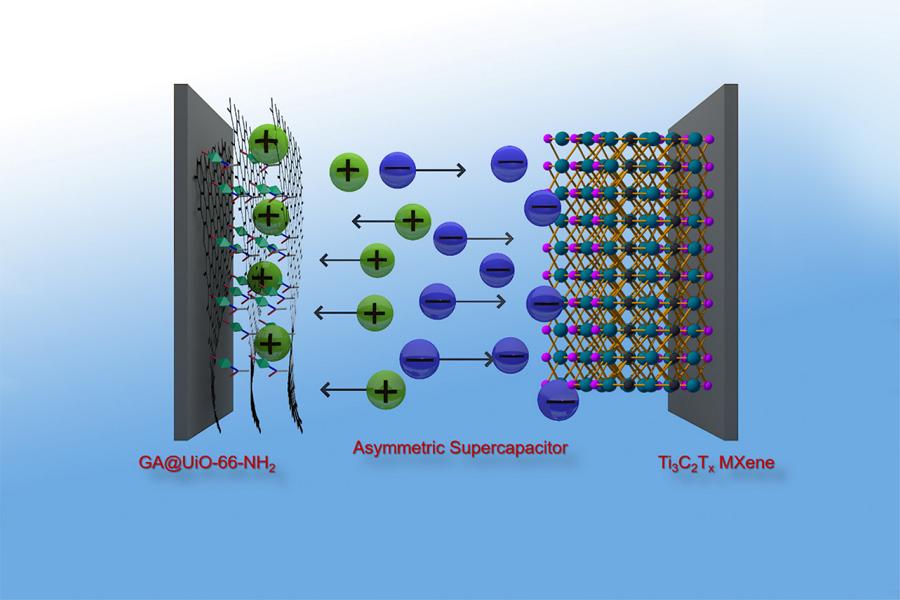
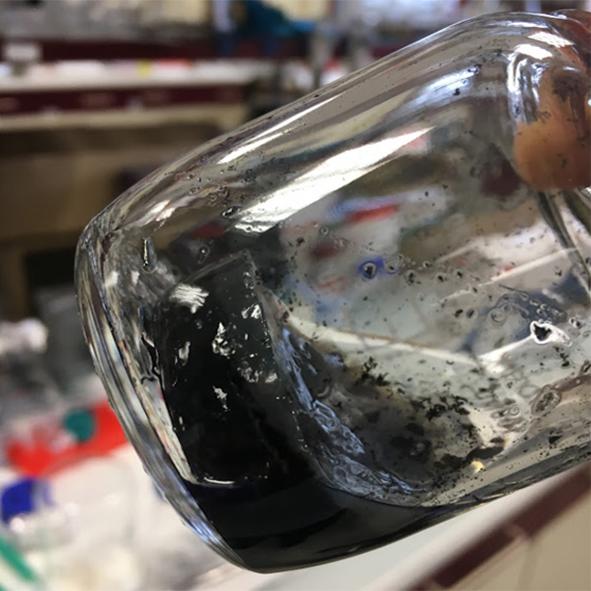
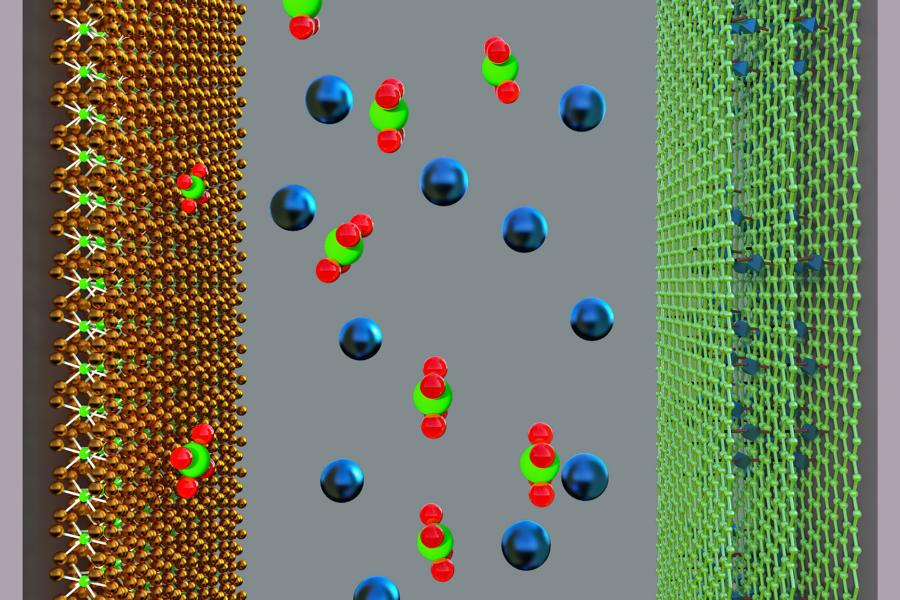
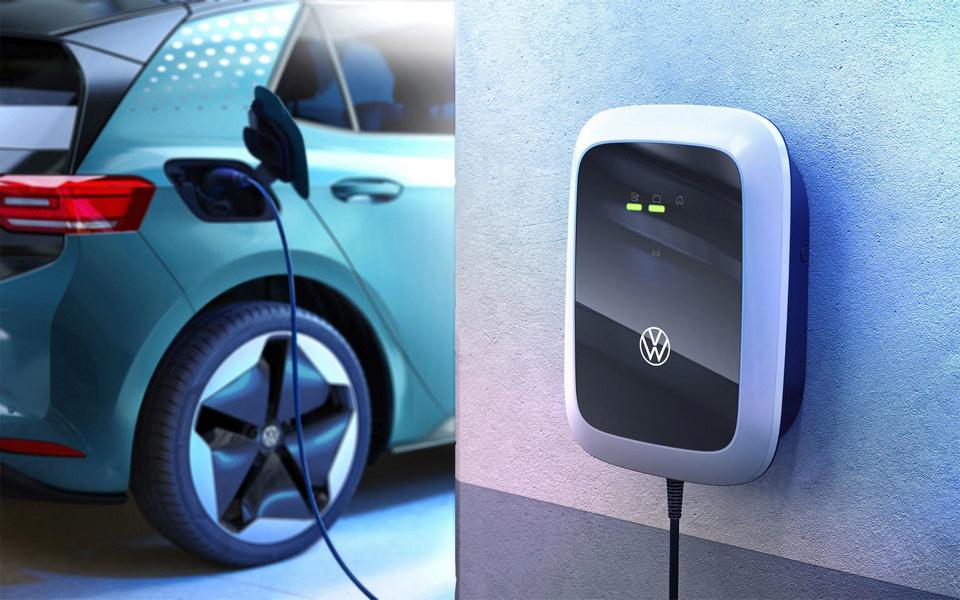


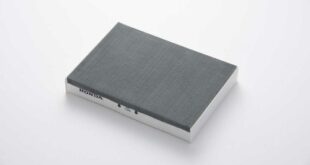
Forse è meglio correggere la frase: "la nuova cella dei ricercatori TUM conserva quasi il 10.000 percento della sua capacità anche dopo 90 cicli."
in : "la nuova cella dei ricercatori TUM conserva quasi il 90 percento della sua capacità anche dopo 10.000 cicli."